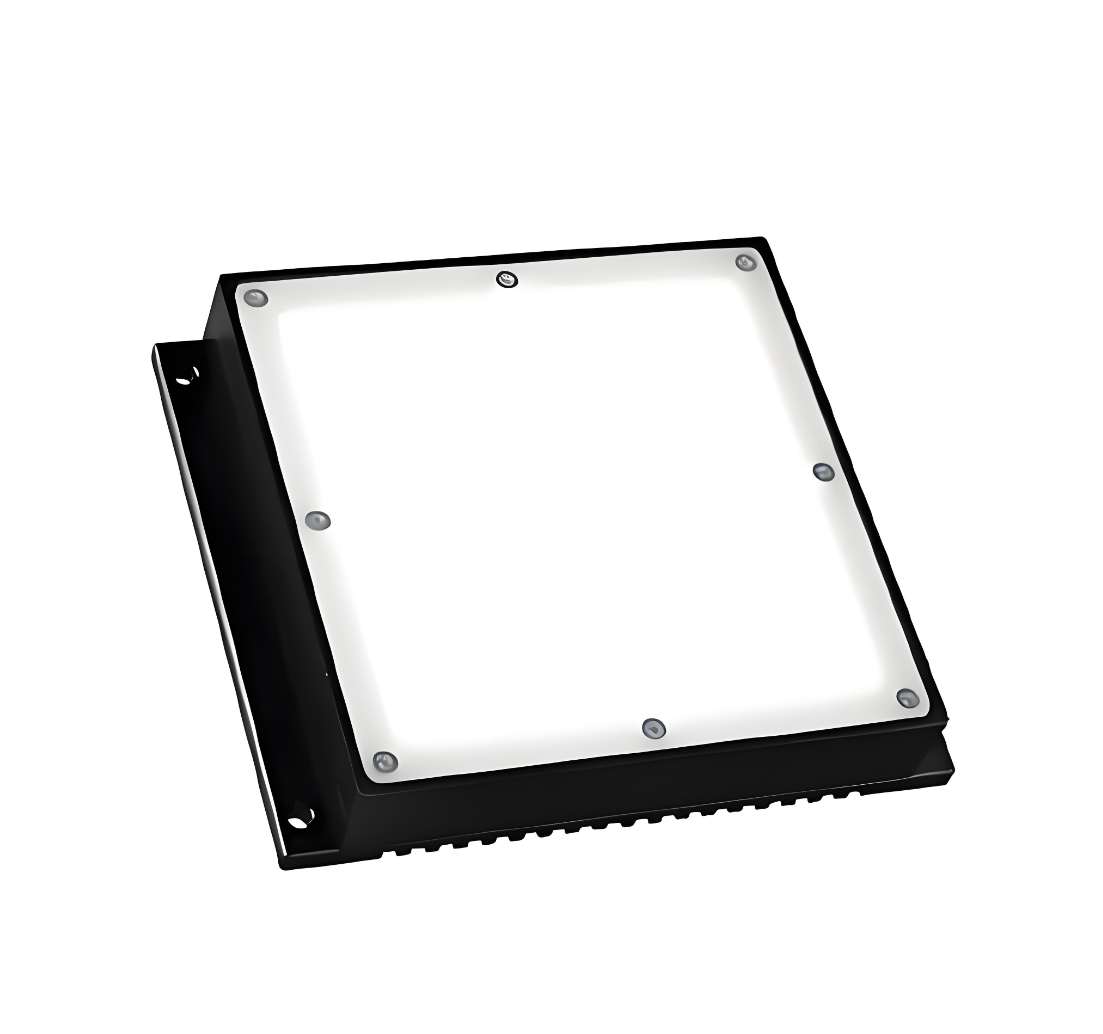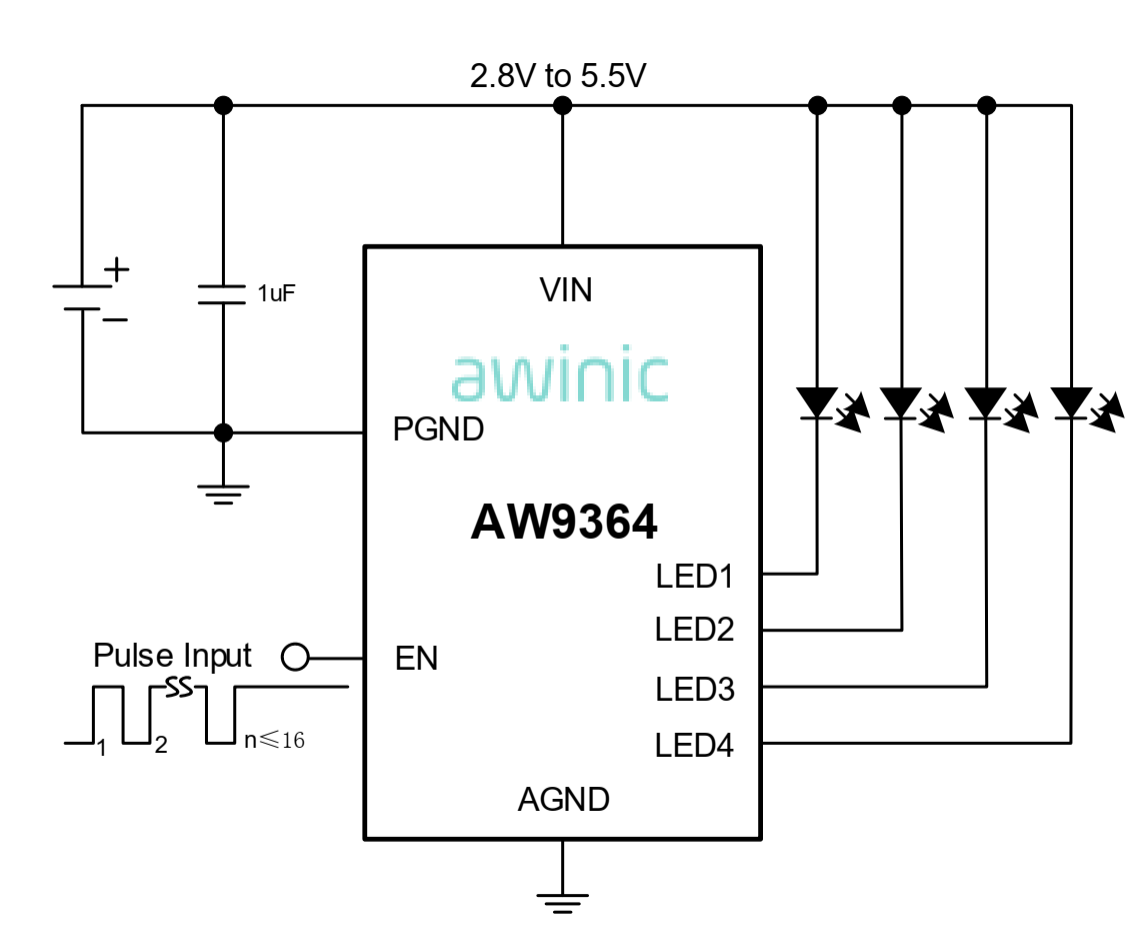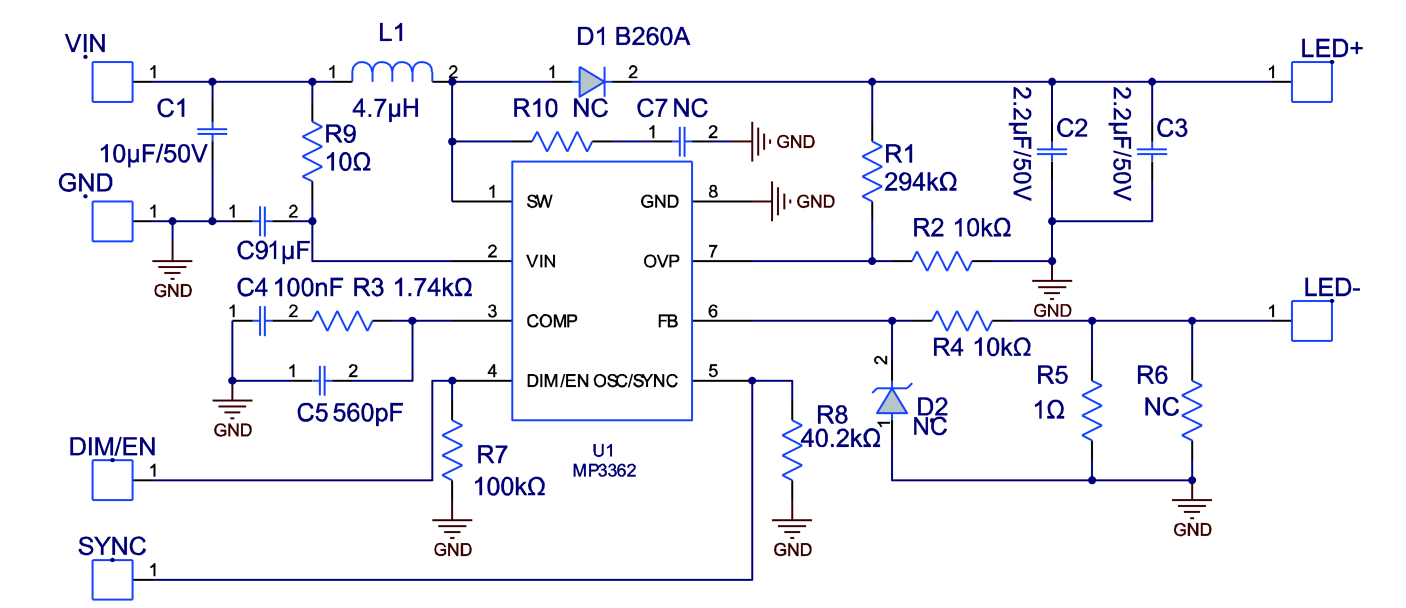Backlight Driving Design: Critical Details for Illuminating Display Screen Quality
In the world of LCD Screens, whether it's an information-clear Monochrome Screen or a vibrant Color Screen, the backlight is the soul of its visual presentation. However, backlight driving is far more complex than simply "powering on for light." Neglecting design details can lead to uneven brightness and degraded user experience at best, or shortened Display Screen lifespan at worst. This article delves into the core principles of backlight driving design, empowering engineers to build stable and reliable display solutions.
1. Constant Current Driving: The Foundation of Brightness Uniformity
Backlight LEDs must be driven with a constant current source! This is paramount to solving the issue of "inconsistent brightness across different modules under the same voltage." LEDs inherently exhibit variations in forward voltage (Vf) (typical single-LED value: 2.7-3.2V). Under constant voltage drive, LEDs with a slightly lower Vf will draw more current, resulting in higher brightness, while those with higher Vf will be dimmer. Constant current driving precisely controls the current through each LED (typically 15-20mA), ensuring uniformity in Monochrome Screens and accurate color reproduction in Color Screens.

2. Timing Control: Preventing "Ghosting" and "Flickering"
When an LCD Screen powers on or wakes from sleep, its internal liquid crystals require response time and do not reach a stable display state immediately. Activating the backlight instantly under these conditions causes users to see chaotic "ghosting" or unstable flickering. Key design rules are:
Power-on/Wake-up: The backlight must be activated only after the display has refreshed at least 30 frames and stabilized. This ensures users see a stable, clear initial image.
Power-off/Sleep: Strictly adhere to the sequence: first deactivate the backlight, then disable the display signal and cut power to the Display Screen. Reversing this sequence can cause abnormal bright patches or "ghosting" artifacts during shutdown.

3. Circuit Design & Parameter Calculation: Balancing Safety and Efficiency
Common drive circuit topologies include:
Single-LED Parallel Drive: Relatively simple design with good redundancy (failure of one LED doesn't affect the whole). However, total drive current demand is high (e.g., 8 LEDs in parallel require 120-160mA @ 20mA/LED).
Multi-String Series-Parallel Drive: More efficient, suitable for medium to large LCD Screens. Design considerations:
Series Voltage: Total voltage per LED string = Single LED Vf * Number in Series. Example: 8 LEDs in series require drive voltage ≥ 3.2V * 8 = 25.6V (consider margin).

Parallel Current: Total drive current = Current per string * Number of parallel strings. Example: 2 strings in parallel, 20mA per string, total current = 20mA * 2 = 40mA.

Safety Margins: Design output voltage not to exceed 36V (common safety extra-low voltage - SELV - limit). Total drive current should not exceed 300mA (balancing efficiency and component selection).
Conclusion
An exceptional Display Screen experience begins with precise backlight driving design. Whether for cost-sensitive Monochrome Screens or visually demanding Color Screens, deeply understanding and applying constant current driving principles, strictly controlling power sequencing, accurately calculating series-parallel parameters, and adhering to safety standards are essential steps to creating high-quality, long-life display products. These seemingly minor "details" are precisely the critical factors determining the ultimate quality of the Display Screen and user satisfaction.
About CNK
Founded in Shenzhen in 2010, CNK Electronics (CNK in brief) expanded the world leading factory in Longyan, Fujian in 2019. It is a specialized and innovative enterprise specializing in the design, development, production and sales of display products. CNK provides customers with a full range of cost-effective small and medium-sized display modules, solutions, and services with excellent quality worldwide. Oriented in technology and high quality, CNK keeps sustainable development, works to offer customers better and stable services.



